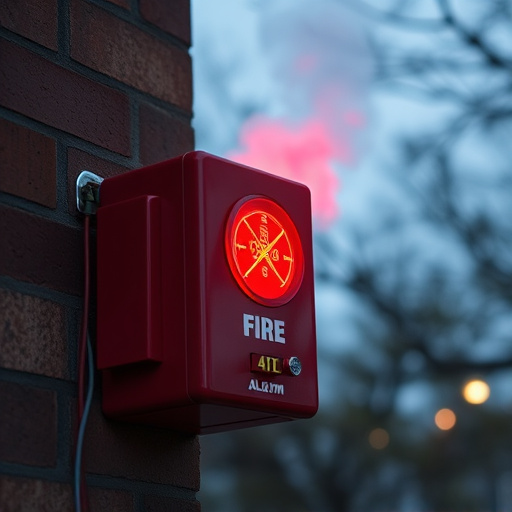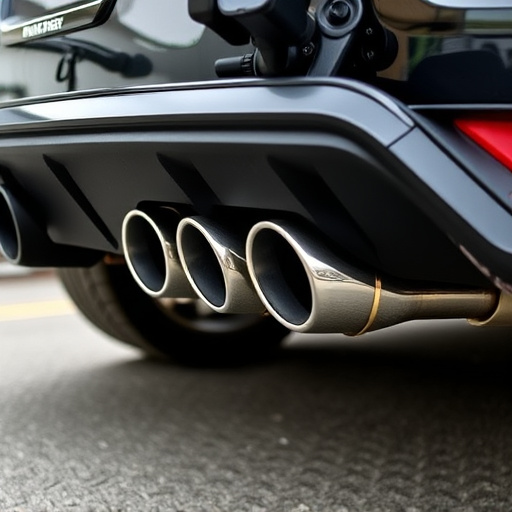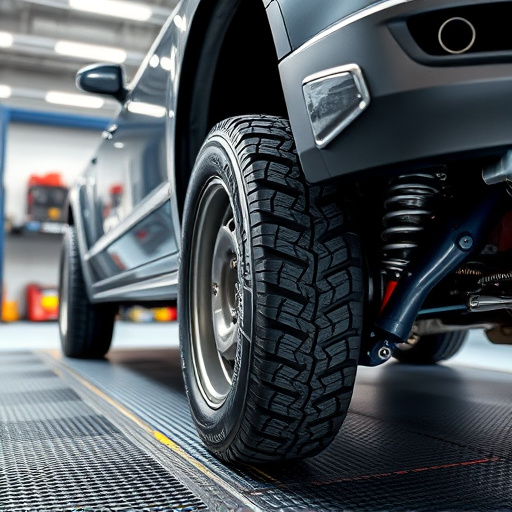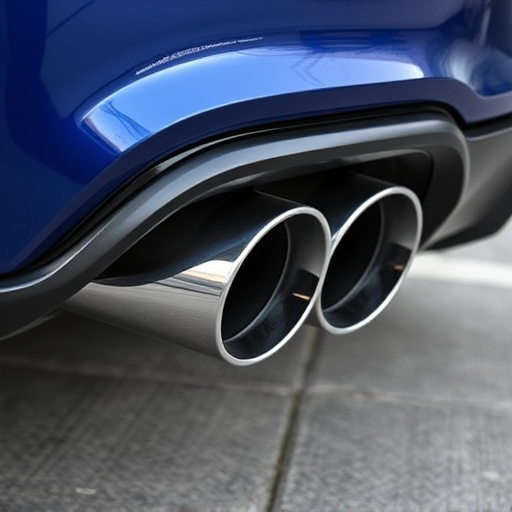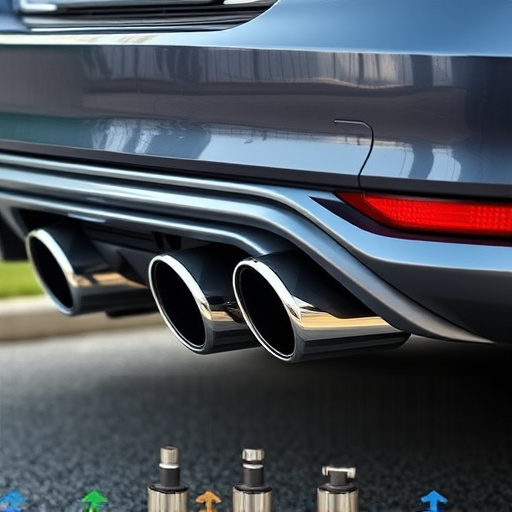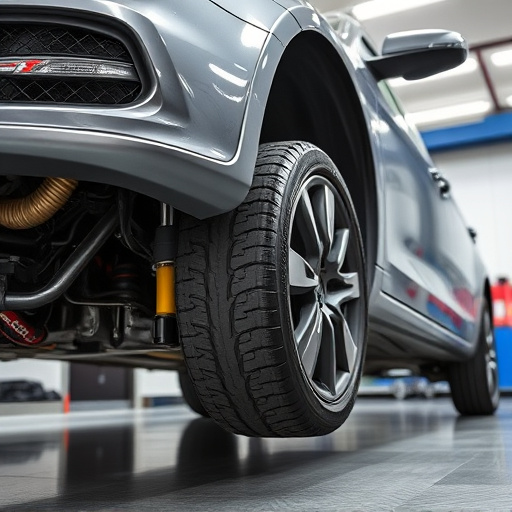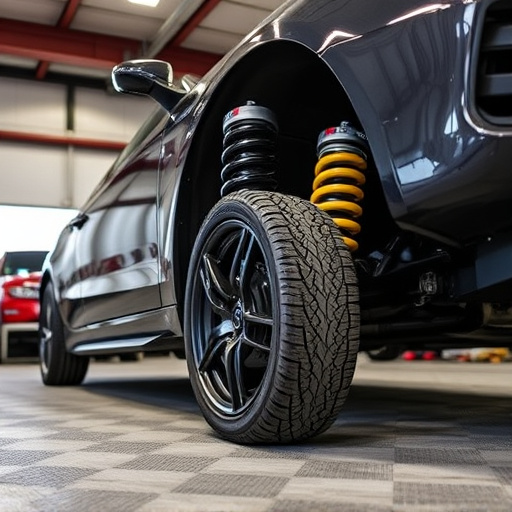Blow off valves, crucial for turbocharged/supercharged engines, manage compression and boost performance. OEM valves offer reliability, precise control, and seamless integration, while aftermarket alternatives enhance cooling and customization but may lack factory calibration and quality. Differentiate OEM from aftermarket through mounting location, design, functionality, compatibility, and material quality to ensure optimal vehicle performance and safety.
Identifying the difference between OEM (Original Equipment Manufacturer) and aftermarket blow off valves is crucial for car enthusiasts and mechanics alike. These valves play a vital role in engine performance, especially for turbocharged vehicles. Understanding their distinctions ensures optimal tuning and safety. This article guides you through the process, highlighting key differences and providing practical tips to properly identify these components, helping you make informed decisions when choosing replacement parts for your vehicle’s cooling system.
- Understanding OEM and Aftermarket Blow Off Valves
- Key Differences Between Original Equipment and Aftermarket
- How to Properly Identify Blow Off Valve Types
Understanding OEM and Aftermarket Blow Off Valves
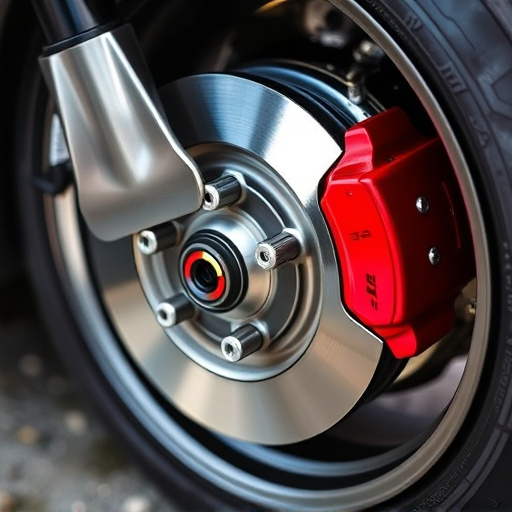
Blow off valves are an essential component in many vehicles, particularly those with turbocharged or supercharged engines. They play a crucial role in managing engine compression and improving vehicle performance. There are two primary types: Original Equipment Manufacturer (OEM) and Aftermarket. OEM blow off valves are the original parts installed by the vehicle manufacturer, designed specifically for that make and model. These valves are known for their reliability and seamless integration into the car’s system, often featuring in high-performance vehicles due to their ability to handle substantial pressure and provide precise control over engine intake.
Aftermarket blow off valves, on the other hand, are third-party products designed to enhance or replace the original equipment. They can offer a range of benefits, including improved cooling capabilities, reduced backpressure, and enhanced vehicle performance, often accompanied by distinctive exhaust tips for an aftermarket aesthetic appeal. These valves are popular among car enthusiasts who seek to fine-tune their vehicles’ performance characteristics using high-flow air filters and other modifications.
Key Differences Between Original Equipment and Aftermarket
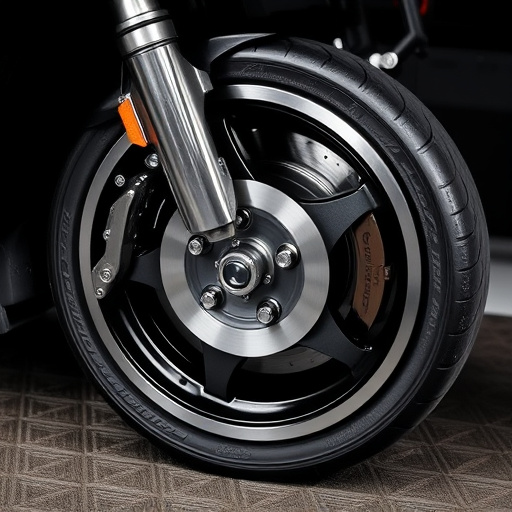
When comparing Original Equipment Manufacturer (OEM) blow off valves to aftermarket alternatives, several key differences emerge. OEM blow off valves are designed and installed by the vehicle manufacturer, integrating seamlessly with the car’s existing systems. They’re known for their reliability, as they undergo rigorous testing during the manufacturing process. Aftermarket blow off valves, on the other hand, are third-party components tailored to specific vehicle models but often lack the same level of factory-specific calibration and quality control.
In terms of performance, OEM blow off valves typically provide a more precise and controlled release of pressure from the engine’s turbocharger system, ensuring optimal engine output and fuel efficiency. Aftermarket options may offer enhanced sound and visual appeal with features like customizable settings or flashy muffler tips, but they might not always deliver the same level of precision or durability as their OEM counterparts. Additionally, aftermarket installations often require modifications to existing components, such as integrating air filter kits or cold air intakes, which can introduce additional variables affecting performance.
How to Properly Identify Blow Off Valve Types
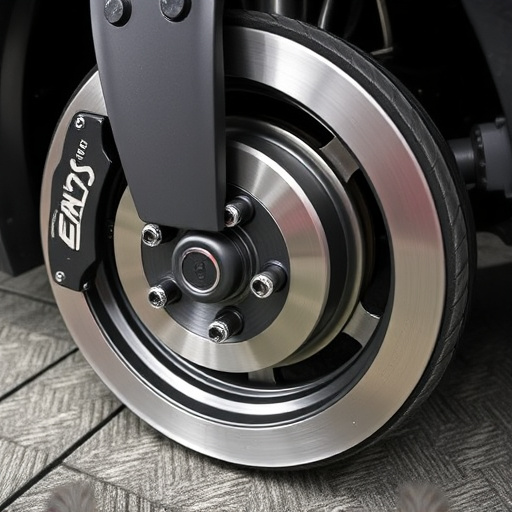
Identifying OEM (Original Equipment Manufacturer) blow off valves from aftermarket alternatives is a key step in ensuring optimal vehicle performance and safety. One of the primary ways to start is by examining the valve’s mounting location. OEM blow off valves are typically integrated into the engine’s exhaust system, seamlessly connecting with other suspension components like coilover kits. They often have a sleek, streamlined design that matches the overall aesthetic of the vehicle. On the other hand, aftermarket valves might be more prominently mounted, sometimes even external to the engine bay, and can differ significantly in appearance from the OEM parts.
Furthermore, checking the valve’s functionality and the associated components is crucial. OEM blow off valves are engineered to work in harmony with the vehicle’s exhaust mufflers and other systems, providing precise control over gas release during high-performance scenarios. Aftermarket valves, while often designed for similar purposes, may not always be compatible with existing suspension components, potentially leading to performance hiccups or safety concerns. Pay close attention to the materials used; OEM parts are usually of higher quality, ensuring longevity and reliability in various driving conditions.
Identifying the difference between OEM and aftermarket blow off valves is crucial for vehicle owners looking to enhance their engine performance. By understanding the key distinctions outlined in this article, you can make informed decisions when selecting a blow off valve that suits your needs. Whether you’re an automotive enthusiast or a professional mechanic, recognizing these differences ensures optimal engine functionality and enhances your overall driving experience.







